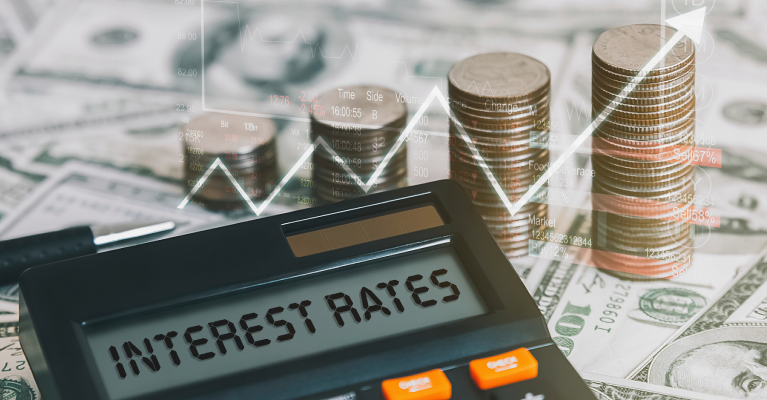Inflation and rising interest rates over the past year-plus have impacted many consumers’ financial goals, making it more expensive to borrow and more difficult to save.
A recent WSFS survey found that 34% of regional respondents were not confident they could afford rising costs of living, while 33% were not confident they could afford rising interest rates for credit cards, mortgages or other loans.
Like many aspects of life, when it comes to your finances, balance is key. Here are tips to help balance your borrowing needs with your savings goals.
Know Your Debts and Manage Them Responsibly
Borrowing plays a key role in your financial journey, but it is important to closely monitor your debt to avoid falling into a financial hole.
Credit cards and other borrowing tools with variable interest rates can be especially impacted during high-rate environments. Whenever possible, ensure you’re paying your balance in full each month to avoid interest accruing.
If you already have credit card debt, consider consolidating your balances on a card with a 0% introductory rate and work to pay off as much as possible before that rate expires. Ensure you’ve also read the terms and conditions carefully to avoid any surprises when the interest kicks in.
If you have student loans, the payment pause because of the pandemic is set to end. Interest accrual on these loans is set to resume on September 1, with the first payments due in October. There have been other changes as well, so it is important to do your homework to know what you’re required to pay and when.
Anticipate Large Expenses
While elevated interest rates and inflation, coupled with resumption of payments for those with student loans, can make it more difficult to save, you can still take steps to build your savings.
Anticipating large expenses can help you put a plan in place for how much you will need to save and the timeframe you will need to do so. For example, if your car is 10 years old, starting to save for your next vehicle now can help ensure you’re prepared for this large expense and reduce the amount you may need to borrow when it comes time to purchase.
Seasonality of certain purchases can help you plan in advance as well. For example, back-to-school season is underway now, with parents and students needing to purchase school supplies, and before you know it, the holiday season will be upon us, which often brings with it increased expenses for gifts.
Starting your shopping for these more easily anticipated regular expenses can help ensure you stay on budget by allowing you more time to hunt for bargains. Shopping in off-peak times for certain items and gifts can also be a great way to find a deal.
Save for Your Future
Don’t be afraid to start small when it comes to saving, as over time, minor tweaks to your spending behaviors can add up in a big way. For example, if you spend on average $10 a day for your coffee and breakfast, you could save $3,650 over the course of a year by making your coffee and meal at home or work.
The tradeoff to elevated interest rates is there is an opportunity to earn a greater return on your savings than there has been in years.
If you’ve built a nest egg and don’t need access to your funds immediately, certificates of deposit (CDs) can be a great savings tool to earn a fixed rate of return over the term of the CD. If you need more regular access to your funds, money markets and high-yield money markets are other great options that tend to offer a higher interest rate than a standard savings account.
If you need more help balancing your borrowing and savings goals, consider scheduling an appointment with your local banker. They will be able to help take a close look at your financial situation and put a plan in place to reach your goals.

Helping you boost your financial intelligence.
Read our financial resources from your friends at WSFS.




